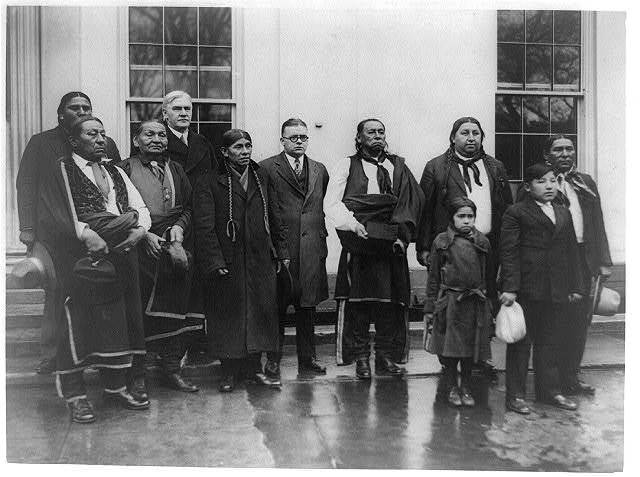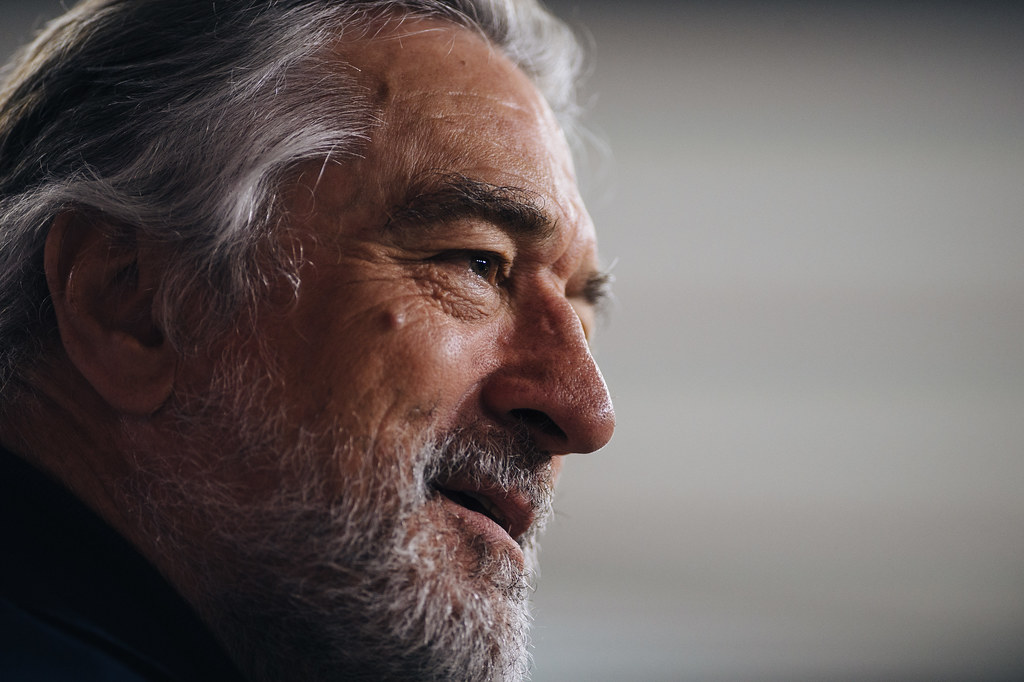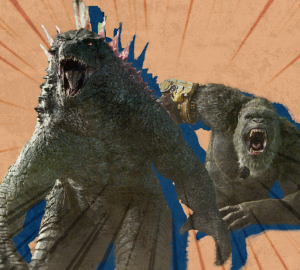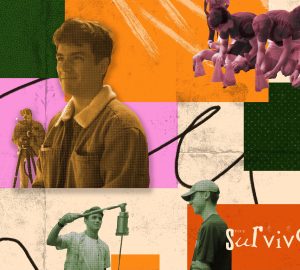Scorsese’s newest masterpiece? Review of “Killers of The Flower Moon”

Fans of true cinema are more than excited to watch Martin Scorsese’s newest film, “Killers of the Flower Moon.” The film, based on the 2017 non-fiction book by author David Grann, tells the real-life story of the Osage people of Oklahoma and the scheme put together by a crew of criminals to siphon them of all of their money and wealth. To do this they use deception, corruption and even murder. So how did it turn out? Is the story authentic to both the book and the real-life story it’s written about? Is it respectful to the Osage people and their culture? And does it have the chance to become Scorsese’s next masterpiece?
The film starts with the Osage tribe, a group of Native Americans who were displaced from their homes by the American government and forced to reside on reservations in Oklahoma. The land was originally thought useless by the government so it was given willingly to the Osage people. How wrong they were though, because on that same land, the Osage people struck liquid gold: oil. By the early 1900s, the Osage people were some of the richest people in the nation. They owned cars, lived in large houses, and even had white butlers and chauffeurs. All of this immense wealth led to white settlers moving to the town of Fairfax, Oklahoma to try and get themselves a piece of this large and wealthy pie.

This is when we are introduced to our main character, Ernest Burkhart (played by Leonardo DiCaprio). After coming home from the war, Ernest decides to come and live in Oklahoma with his wealthy uncle, William Hale (Robert De Niro), and work on his land. Hale knows his nephew needs money and so he recommends that he go into town and try to chauffeur. This way he can drive around some of the Osage people and hopefully get close to some of them, leading to some extra cash. Ernest follows his uncle’s advice and begins driving people around town.
This is how he meets the woman who will become his future wife; female Osage tribe member Mollie Kyle (played by Lily Gladstone). Mollie becomes a recurring customer for Ernest and he slowly begins to flirt with her, getting ever closer and closer to her side. Mollie eventually returns his affections and the two are wed and have multiple children together. Little does Mollie and the larger Osage Nation know, that these white men are only here for their money and their land. The movie further shows how cold and heartless men will act in the pursuit of the holy dollar and it will test Ernest and make him question his allegiances and motivations as well.
First off, the movie has multiple amazing performances. This comes as no surprise, as the cast is star-studded. Leonardo DiCaprio shines as a man struggling between his wants and feelings and the wants of his domineering uncle and family. He’s got multiple scenes where he’s allowed to passionately yell and scream at other characters like he usually does in his best movies. Robert De Niro plays his deceptive but powerful uncle. His performance as William Hale is reminiscent of his performance as James Conway in “Goodfellas,” especially how he played the character towards the end of that movie. A guy who pretends to be harmless and in your corner but who you know could get you killed in a heartbeat. Lily Gladstone, a much lesser-known actress compared to her other two male leads, has a great performance as well. She never feels out of place when in the same scene as these other giants of film. With smaller roles filled in by great actors, such as Jesse Plemons, the film is extremely solid on the acting front.

The story is very engaging as well. Scorsese drives home throughout the film how horrible this group of men was and how they, and a large part of the American population, saw the Osage people and Native Americans as a whole as disposable. The Osage Nation, in particular, are seen as wells that these white men will do anything to drain and siphon them until they are completely dry, then toss them to the side as if they’re worthless. It’s truly heartbreaking and almost at times disturbing knowing that these are human beings who lived and committed these acts against other human beings.

The only roadblock to my full enjoyment of this film was the run time. The movie is over three hours long and I really dislike any piece of media with an extremely long runtime. While the lengthy runtime wasn’t a favorite, I will say that it is not an empty or padded-out movie. The movie feels like Scorsese needed this runtime to tell the entirety of this particular story. There were moments past the two-and-a-half-hour mark where I began to want to zone out but then something important or interesting would happen and I’d be back into the movie for the next twenty or so minutes. Then I’d want to zone out again and something great would happen and the cycle would repeat itself until the end of the movie. My recommendation for those worried about the long runtime? Buy a large popcorn and a couple of other snacks so they’ll help you last through the movie.
The final takeaway that I got from the movie was just how much care and attention went into it on Scorsese’s part. It was obvious from the very beginning of the film when Scorsese gives the audience an intro into how the film was made and shot, that this story meant a lot to him. Scorsese made a concerted effort to film on location, on Osage Nation land, and with the people of the tribe. Multiple Osage Nation members were brought on as consultants for the film and it shows. The Osage people’s culture and traditions are highlighted many times throughout the film and you’d never be able to get that amount of authenticity without their guidance. So for those interested in this riveting story from America’s dark past and the people of the Osage Nation, you will be pleased.



























